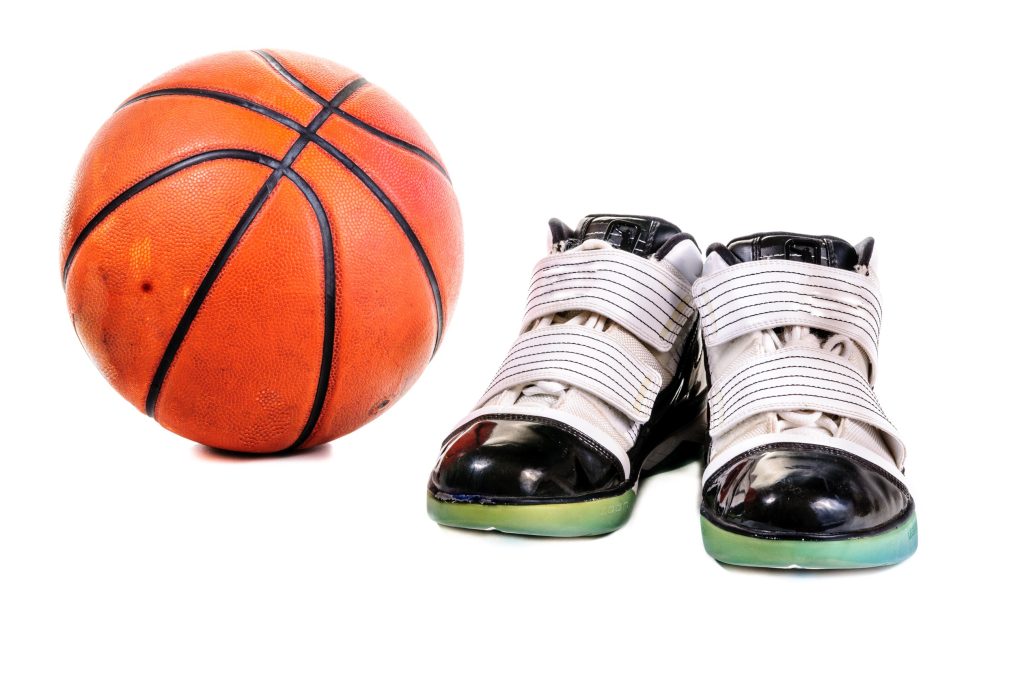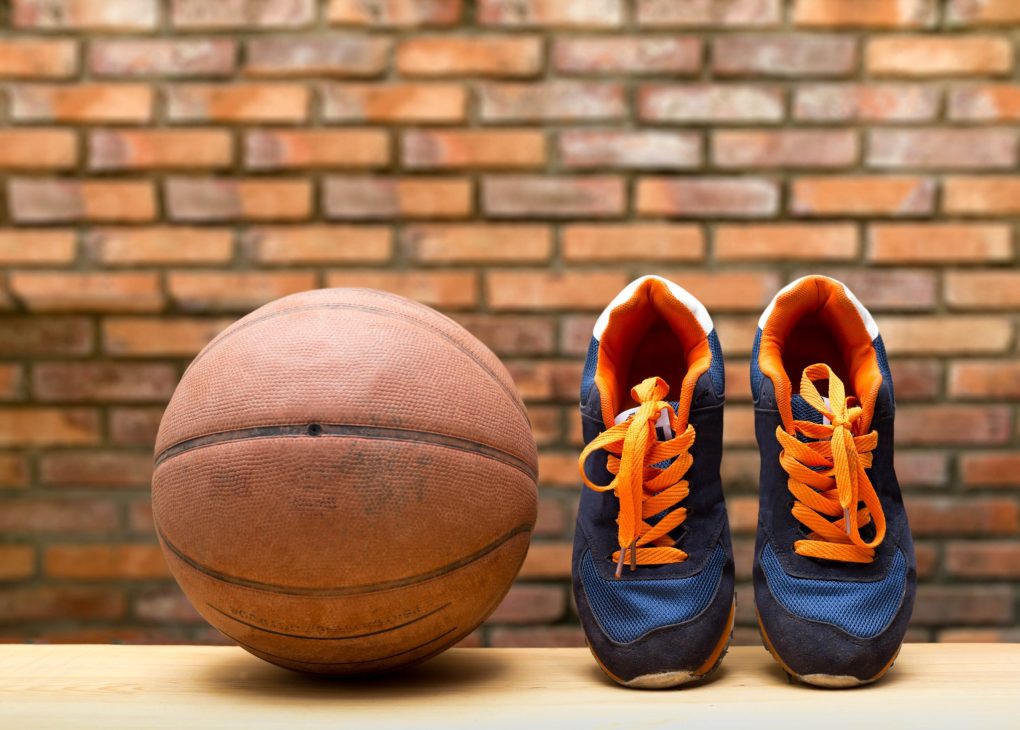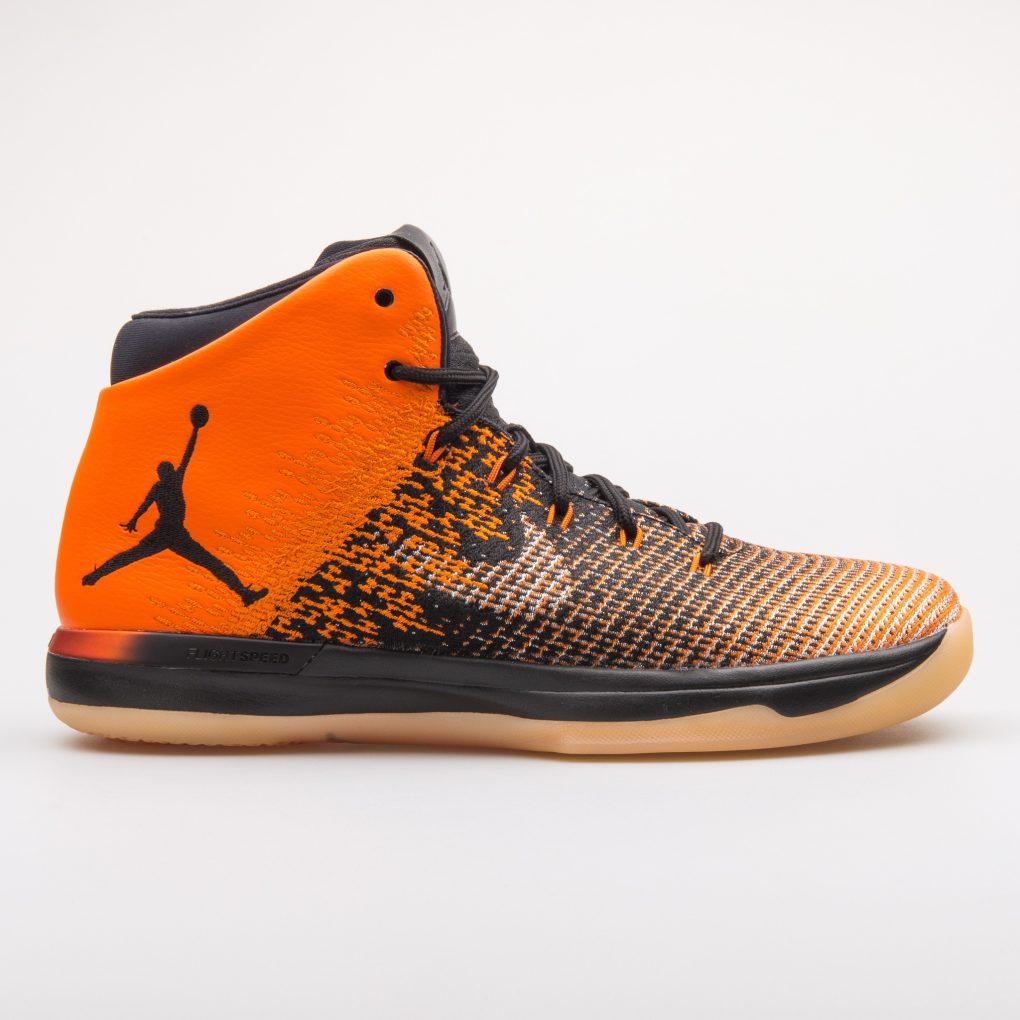Can You Use Basketball Shoes for Running: Danger and Things to Consider When Using Basketball Shoes for Running
Running and basketball shoes are two different things. Running shoes are meant for cushioning and stability, while basketball shoes are meant for quick movement on hardwood or pavement. Basketball shoes have many features that running shoes don’t have – like stiffer soles that are better for jumping. So if you wear running shoes to play basketball, you’ll end up with injuries that keep you sidelined for longer.
Dangers of Running in a Basketball Shoe
Running Stride and Fatigue Issues
Running in basketball shoes can be a dangerous and costly proposition for you. Not only will running in these shoes cause injuries to your Achilles tendon, but it’s also likely that you’ll also experience fatigue and strain on other parts of your body. This can lead to future running injuries that could prevent you from enjoying your running experience altogether.


It is important to find footwear specifically designed for running – not just basketball – so that you don’t end up with any long-term health problems or financial woes down the line.
Stress Fractures
Running in shoes can be dangerous if you are unaware of the risks involved. For example, when you run in basketball shoes, you put a lot of stress on your feet and ankles. This can cause stress fractures which will then require surgery to fix.
Achilles Tendon
If you’re considering running in basketball shoes, you must be aware of the risks involved. For example, running in basketball shoes can cause severe damage to your Achilles tendon, which is why it’s always best to avoid doing so.
Wearing proper footwear for running will help protect your Achilles tendon from injuries. If you have a history of Achilles tendonitis, running in basketball shoes is not recommended at all – wear regular sneakers instead!
Pronation and Supination
Pronation and supination are two standard foot positions that can lead to injuries. For example, your ankle is pronounced when running in a basketball shoe (turned inward). This can lead to your ankle rolling and putting extra stress on the Achilles tendon, which might cause inflammation or even rupture.
According to HealthLine, supination (or turning the foot outwards) also throws your balance off, resulting in falls or other accidents. So if you are considering running in basketball shoes, try them first to know how they feel and whether they suit you.
Others
Running in basketball shoes and sneakers can be a risky proposition. Not only can they cause common foot injuries, but they can also wear down your running shoes, leading to injuries in the ankle area. To avoid these problems, it’s best to play basketball in shoes specifically designed for running, such as running sneakers.
When you switch to running sneakers, you can flatten out the front of your running sneaker, which has more similarities to a standard ball-bearing sneaker design. This will minimize the risk of ankle injuries and keep your running shoes in good condition. So, next time you play basketball with running shoes, wear sneakers!
Things to Consider Before Relying on Your Basketball Shoes for Running


Design
When it comes to running shoes, there are two main types- running sneakers and basketball shoes. Running sneakers are designed with cushioning and stability in mind, while basketball shoes are less specialized. They may be suitable for running on hard surfaces (e.g., concrete), but there may be better choices if you are looking for a lightweight pair of shoes.
Basketball shoe grip is better when running on wet or muddy surfaces because they have more grasp than running sneakers. If you typically run on these kinds of characters, then a basketball shoe is a better option!
Weight of Shoes
Running in basketball shoes can be challenging, not to mention tiring. Apart from making running harder, the shoe’s weight makes it more likely for injuries to occur. Therefore, it is best to use running shoes specifically made for runners and avoid running in anything else. For example, if all else fails, you could use lighter basketball shoes or socks to prolong your run.
Weight of the User
When it comes to running shoes, a lighter is better. This is because running in heavy shoes can cause injuries down the line. Running shoes should also be designed for runners rather than shoe shoppers who want something that will look good and feel comfortable when they wear them at home.
Find a pair of running shoes that fit well, weigh less than 10 pounds, and are made from materials that aren’t harmful if they get wet or sweaty (leather isn’t ideal). Additionally, make sure you read reviews before making your purchase so you’re not surprised by any hidden problems after buying them.
Personal Risks Involved
When running, you need to keep a few key things in mind. Firstly, ensure you wear the correct footwear – this will prevent injuries such as Achilles tendon ruptures. Secondly, running on hard surfaces can cause damage to your feet and ankles. And lastly, never run with basketballs or tennis balls – they are much softer than footballs and can be more dangerous if injured while running.


Traction and Grip
Regarding traction and grip, running shoes are essential equipment for your training. Fortunately, you can do a few things to ensure you get the best possible result. First and foremost, ensure the shoe’s rubber compound is suitable – this will give you stability when running on different surfaces.
In addition, look for shoes with deep treads – this will provide better cushioning and support while running on various surfaces. Additionally, be sure to go for shoes with the correct width – too narrow or wide footwear could cause discomfort or instability while running.
Brand
When running, it is essential to use shoes designed explicitly for this activity. Not only will they protect your feet from injuries, but they will also provide proper support and cushioning while running. It is also essential to make sure you choose the correct shoe size – it should fit snugly without being too tight or loose.